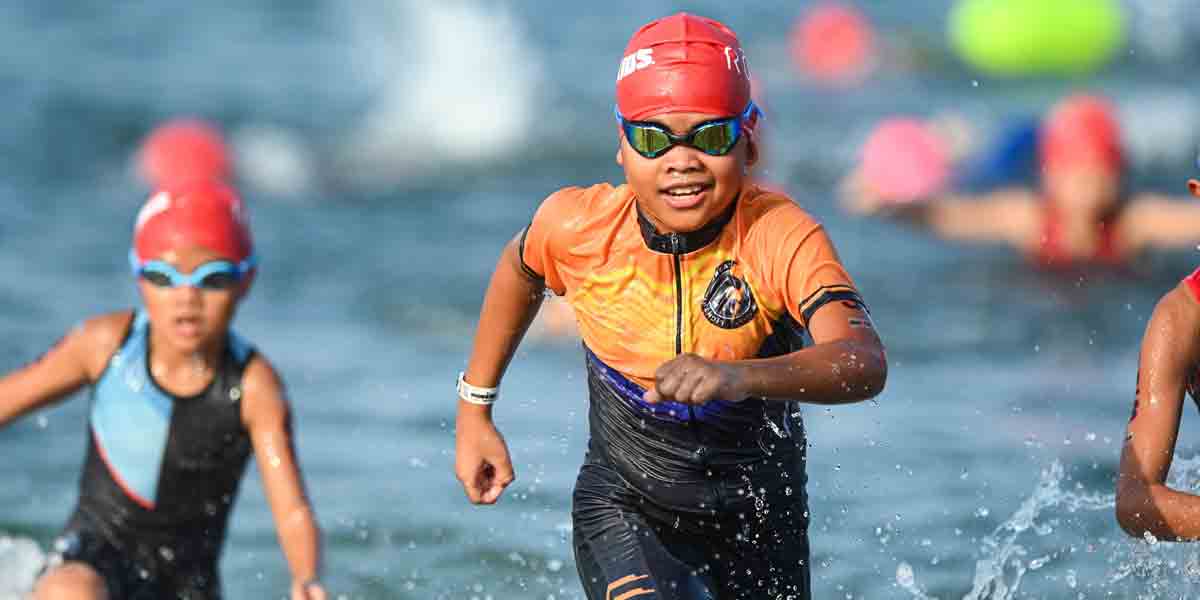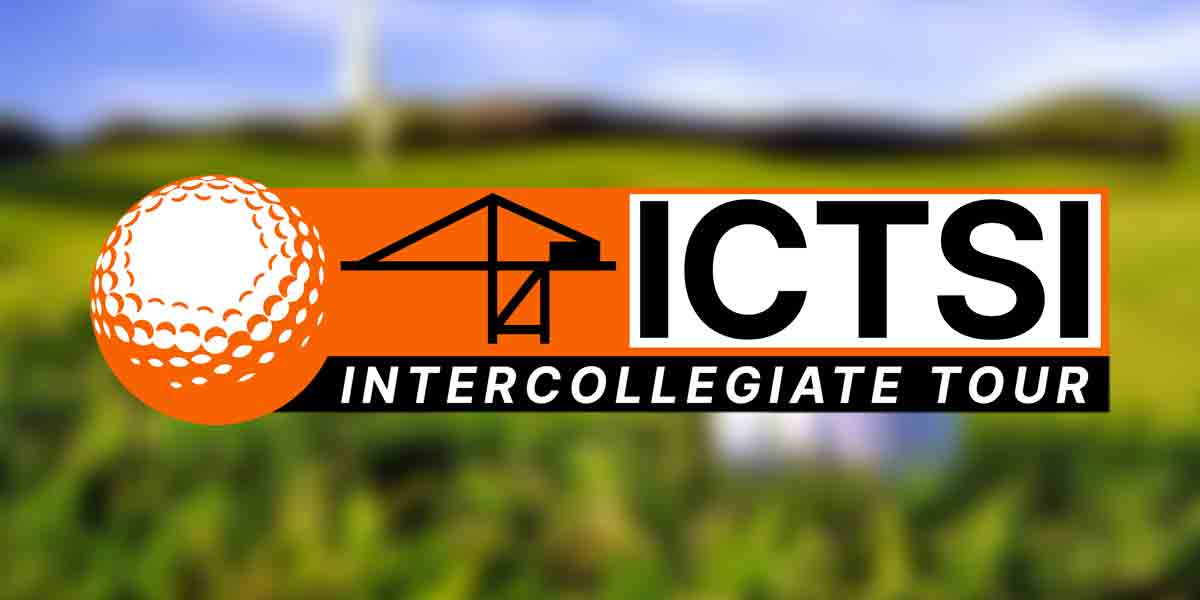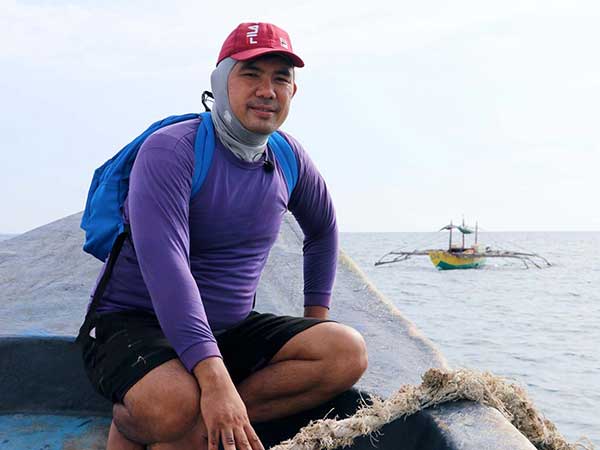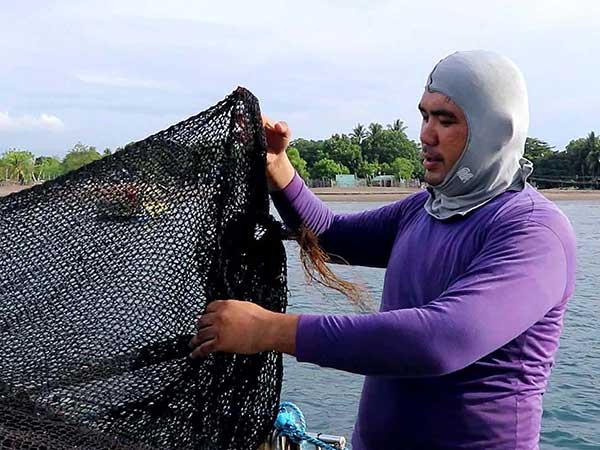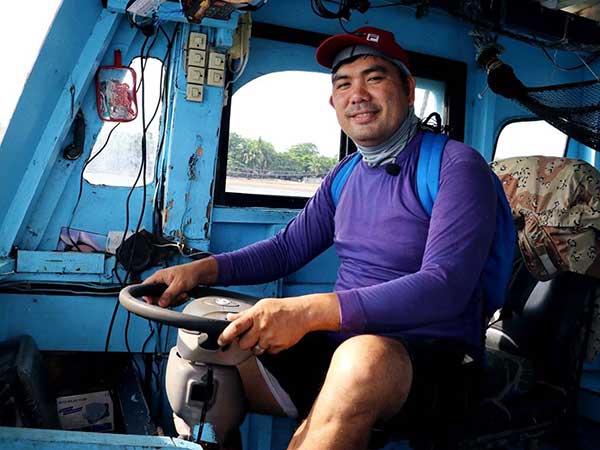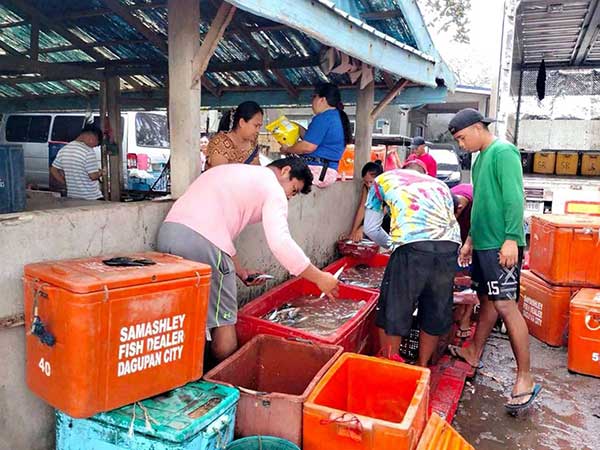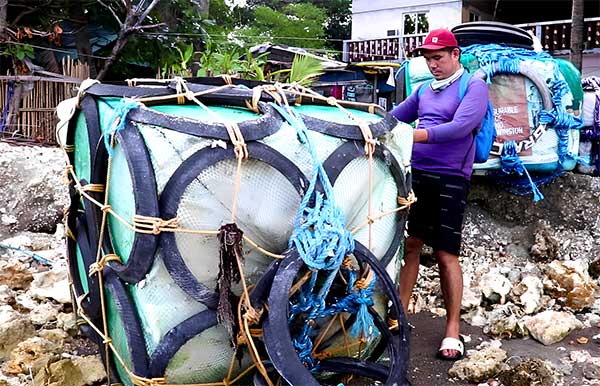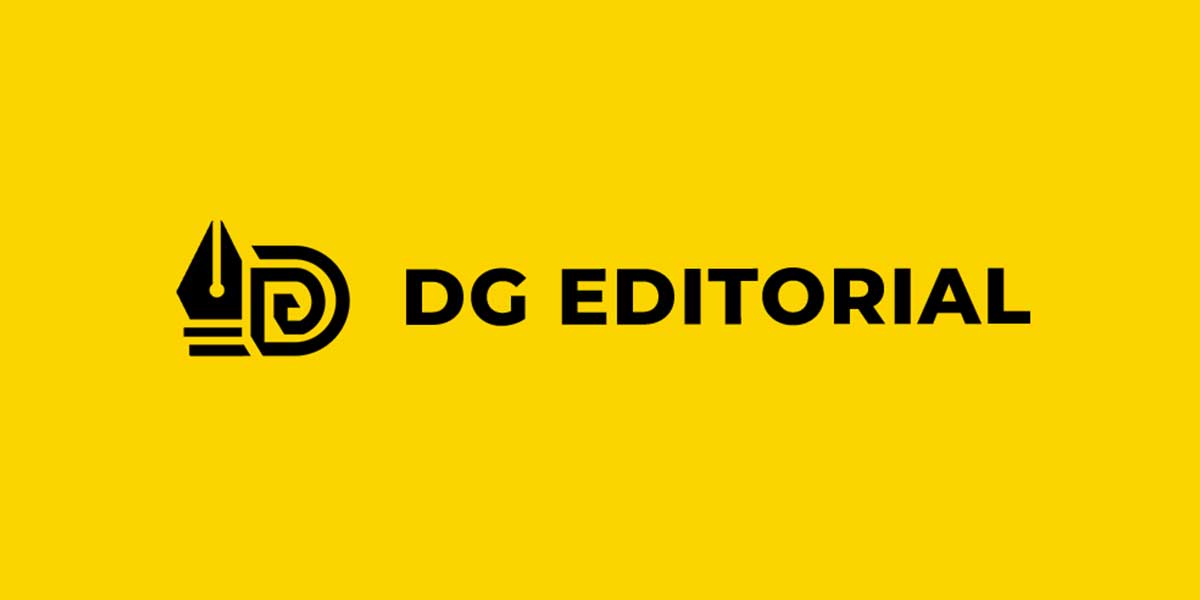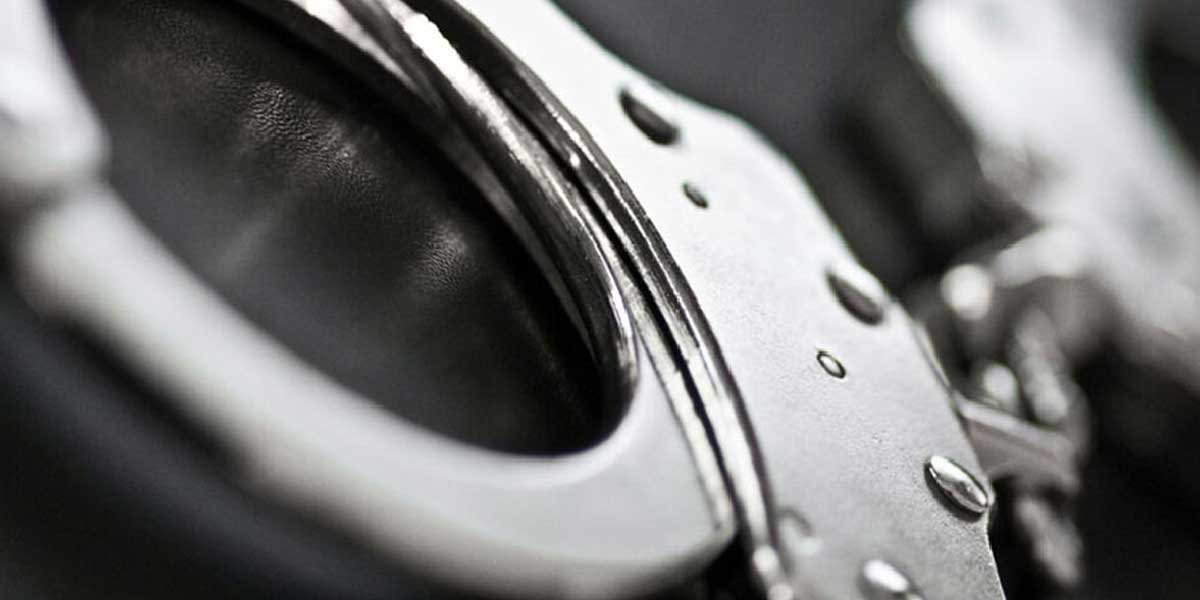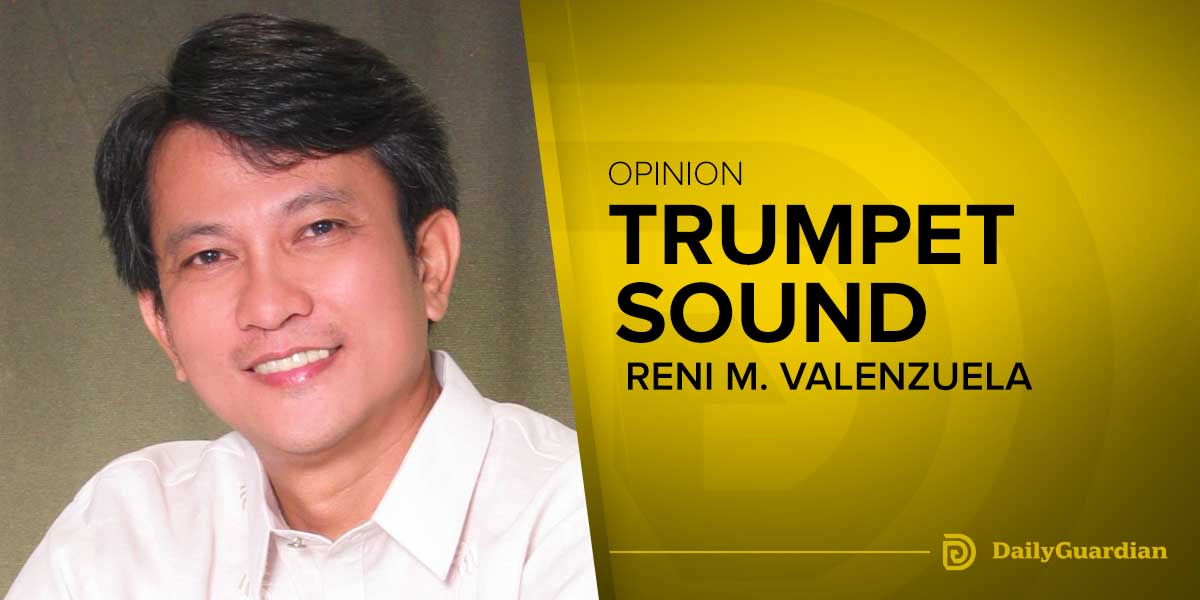IBA, Zambales — Thirty-five-year-old fisher Paolo E. Quitaneg comes from a family that casts their nets and hopes into the sea.
From an early age, he witnessed how the bountiful waters of Scarborough Shoal in the West Philippine Sea — locally known as Bajo de Masinloc or Panatag Shoal — sustained their livelihood and nourished generations before him.
But in 2012, the tides turned.
Due to escalating geopolitical tensions, access to the traditional fishing ground, which Paolo described as a “true paradise,” was restricted.
For small fishers like him, the loss of Scarborough Shoal meant not just a lost catch but the unraveling of an entire way of life.
Despite the risks, Paolo and fellow fishers tried to continue fishing in the area.
But the rising presence of large foreign vessels made each trip more dangerous, as local fishers were intercepted and faced threats and harassment at sea, with warning signals often blaring before they could even approach the shoal.
“Our last trip there was in 2024, and we were immediately warned through a radio,” Paolo said.
“We felt the fear and anxiety that our boat might get damaged, so we never returned. All of us here in Zambales were affected and lost a good source of income because that was our main livelihood.”
He added that they eventually had to sell their boat just to make ends meet.
Charting a Safer Course With Payaos
As the country pursues diplomatic solutions to ease maritime tensions, Paolo’s family chose to chart a different course.
In 2022, they established and registered LIMVQS Enterprise as a small business operating fish aggregating devices — locally called payaos — as an alternative method of drawing fish closer to shore.
Since then, Paolo’s family has acquired a fishing vessel to sustain their operations.
These payaos, typically made from styrofoam, old tires and netting, are set up about 15 nautical miles offshore to attract fish and encourage spawning.
After about three weeks, the fish can be harvested using large nets.
This has allowed Paolo’s family to secure a steady catch and income without venturing into the contested waters of Scarborough Shoal.
Scaling Up With LANDBANK’s Support
Recognizing the potential of payaos as a safer and more sustainable alternative to traditional fishing, Paolo turned to LANDBANK in 2024 to scale up their operations.
He applied for financial assistance to construct 10 new payao units, each costing around PHP 100,000.
Through the Agricultural Competitiveness Enhancement Fund (ACEF) Lending Program, jointly implemented by LANDBANK and the Department of Agriculture, Paolo was granted a loan with a low annual interest rate of only 2%.
Under the program, farmers and fishers can borrow up to PHP 1 million, while cooperatives, associations, and micro, small, and medium enterprises can access loans up to PHP 5 million.
“We were surprised — we didn’t know there was still a bank like this,” Paolo said.
“I didn’t have a hard time, the staff are very friendly. They gave me good options and guided me through the requirements. That’s what LANDBANK is like — they help you rise so you can build a better livelihood.”
In January 2025, Paolo’s family deployed their new payaos off the coast of Zambales.
Their catch grew significantly from roughly 16,000 kilos to nearly 50,000 kilos per month, allowing them to supply public markets as far as Malabon, where prices are more favorable.
With a steady income, they saved enough to place a down payment on their first delivery truck, saving PHP 25,000 on truck rental costs for every trip to the Malabon Public Market.
Now, they keep more of their earnings to better support their family’s needs.
From Safer Seas to Thriving Communities
What began as a lifeline for Paolo’s family has become a source of hope for others.
The LIMVQS Enterprise now provides livelihood for 36 local workers hired as harvesters and porters, who no longer risk their safety at sea to earn a living.
Local dealers across Zambales have also benefited from the increased fish supply, which has helped stabilize market availability and prices.
The ripple effect extends to Metro Manila, where consumers now enjoy a steady supply of affordable, fresh and responsibly sourced fish.
“I am grateful to LANDBANK, the Department of Agriculture and our LGU for the endorsement and support that allowed us to secure enough capital,” Paolo said.
“Even though we come from the marginalized sector, you showed us trust and support to help us recover and improve our livelihood.”
Looking ahead, Paolo plans to apply for another loan from LANDBANK once the first loan is fully paid.
He aims to use the funds to purchase a second truck and expand deliveries to other provinces, such as Laguna.
Fueling the Current of Progress
LANDBANK continues to intensify its support across the entire agriculture value chain — from small farmers and fishers to agribusinesses.
As of March 2025, the bank’s agriculture, fisheries and rural development loan portfolio has grown to PHP 844.61 billion, accounting for 53.4% of its total gross loans of PHP 1.58 trillion.
Between January and March alone, LANDBANK assisted nearly 28,000 new small farmers and fishers, bringing total beneficiaries nationwide to 4.04 million.
These were supported through direct lending, partnerships with credit conduits and capacity-building initiatives.












